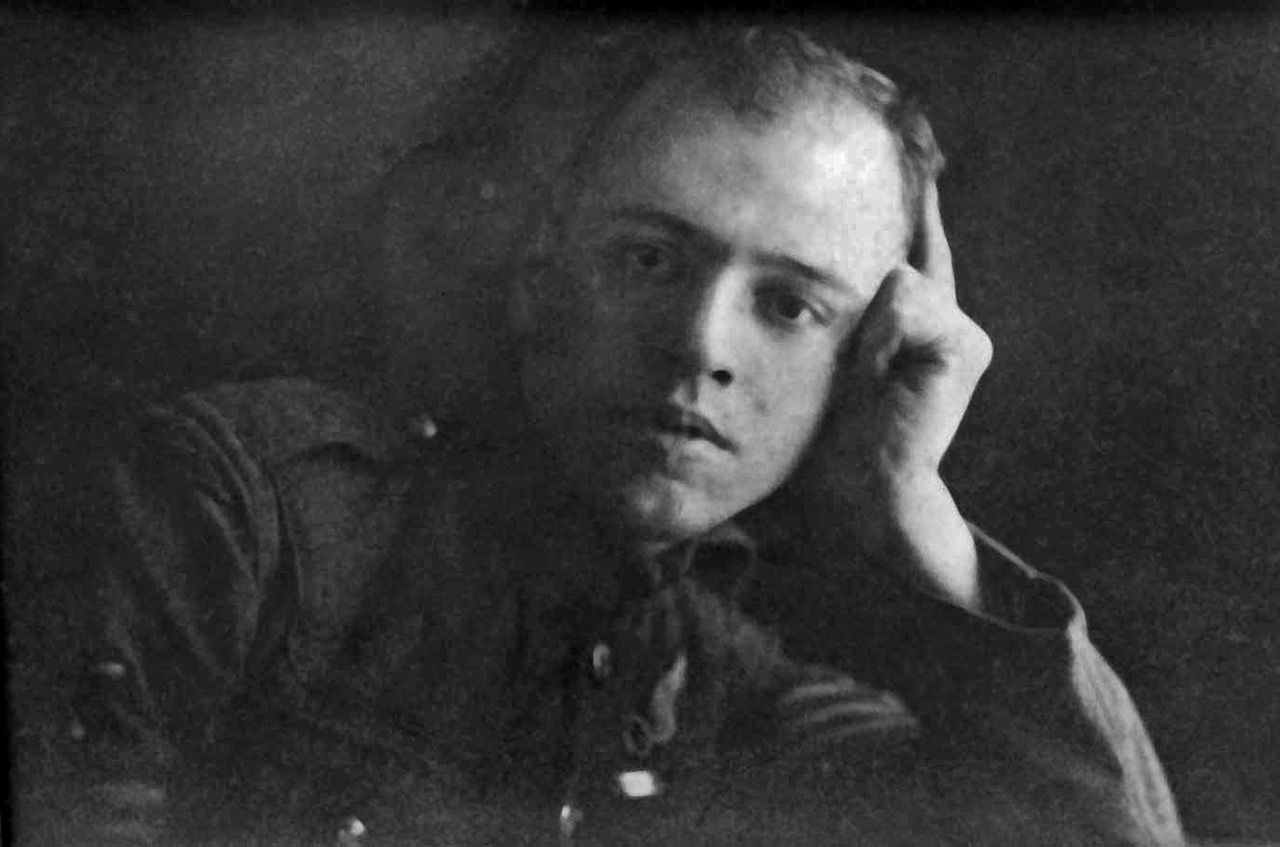Edward Monkman
Date of birth: 1891
Date of death: 1951
Area: Brotherton
Regiment: British Expeditionary Force, later 49th (West Riding) Division
Family information: Son of George and Annie Monkman
Service number: 1508
War Service
Fortunately some of Edwards records are still available and these show that he joined the 5th Battalion of the KOYLI on 5th June 1910 and was given the service number 1508.This was a volunteer or Territorial Force battalion (TF) with a 4 year term of service. The TF was envisaged as a home defence force for service during wartime; units were liable to serve anywhere within the United Kingdom when the force was embodied, but could not be compelled to serve outside the country. However, any member or unit of the force could volunteer to be liable for overseas service.
When enlisted Edward was described as having good vision and physical development. He was 5’6 ½ “tall and had a chest measurement of 35”.
In his statement of service it would seem that Edward attended a number of training courses including- Ripon - 30/7/11 to 13/8/11, Bridlington - 28/7/12 to 11/8/12, Aberystwyth - 27/7/13 to 10/8/13, Whitby 26/7/14 to 4/8/14.
On the 5th August 1914 he became ‘embodied’ under the terms of 16(b) of the conditions of attestation into the TF which says : That when a proclamation has been issued in the face of imminent national danger or emergency, calling out the first class national reserve you will be liable to be embodied.
From 3/8/15 until 12/4/15 the battalion were stationed in England but his Military History sheet shows that Edward was posted to the BEF (British Expeditionary Force) in France between 13/4/1915 and 22/7/1916.
On the 15th May 1915 they became part of the 148th Brigade, 49th (West Riding) Division and took part in the defence against the first Phosgene attack (19th December, 1915).
On the 25th April 1916 Edward was transferred back to England on medical grounds and discharged from the Army on 22/7/1916.
His medical records state the following:
“Medically unfit – Origin France Dec 1915. Sent to base with debility. After 6 weeks sent back to front Feb 16 contracted pneumonia and was invalided home. Complains of general weakness and unable to perform any exertion. Troublesome cough with muco purulent expectoration. Crepitations to be heard both sides of chest. No TB. Found in sputum. Result of Army Service - exposure in the trenches. Permanent. Prevents ½ (50%?) for 12 months.
On 15/6/1917 a further medical report stated:
No incapacity except for very hard work. Aggravated by Service 5% permanent. Increase amount awarded to 8s 3d from 4/4/917 to 22/4/1917 then £42 5s 0d gratuity.
Edward was also placed on the SWB (Silver war Badge List).
Family Life
There were several families of Monkmans with Brotherton connections although this mainly stems from marriages to Brotherton families and so the Monkman connection with the village seems to have started towards the middle of the 1800’s. Other names within Edward’s family tree, however, had a longer history of residing in the village.
Susan or Susannah Davies was born in Brotherton in 1847 and married a Monkman although at present the first name of her husband proves elusive as he does not show up with the family on any of the census data . This is not surprising because the Monkman’s seemed to move around on a regular basis with members of the family in different parts of Yorkshire including Scarborough, Hull and Heckmondwike.
Susan Monkman had several offspring including George Henry (1867) who was born in Middlesborough, Thomas born in Scarborough (1869), Fred (1872), Lottie (1874) and James (1877) who were all born in Brotherton.
In 1881 the latter 3 children were to be found in Brotherton living with Sarah Davies, their maternal grandmother, who was a widow described as a ‘Dressmaker’. George Henry (aged 14) and his brother Thomas (12) were in the Pontefract Union workhouse. The whereabouts of their parents is unknown.
In 1891 George Henry (24) is back in Brotherton working as a ‘Blacksmith’ and living with his 85 year old grandmother Sarah Davies. With them are Lottie (18) and James (15) a ‘Miner’. Fred (19) is living in Bramley with a Benjamin Ingham and family. Benjamin is a ‘Boilermaker’ and Fred is a ‘Boilermaker’s Labourer.
Later in 1891 George Henry married Annie Ingleson who lived just a few doors away in the High Street.
By 1901, the couple have 5 children – Edward aged 9, Lottie (7), Ruth (5), Ivy (2) and George I (3 months). George had become a ‘Miner’ and they had moved to Wheldale, Castleford.
In 1911 Edward then aged 19 was living at 21 Houghton Street, Wheldale Road, Fryston. In the house were his mother and his grandfather George Ingleson along with sister Ivy (12) and George Ingleton (10). His mother is still described as ‘married but there is no sign of Edwards ’ father George. Both Edward and grandfather are employed at Wheldale Colliery above ground in the Farm Mill where they would grind corn etc to make meal for the pit ponies.
This presents a dilemma as Edward appears to have been in 2 places at once judging by the date he joined the Army. However, there is little doubt that they are one and the same given the details in the army records e.g. Occupation, address and next of kin. The latter is interesting as it states his mother as Annie Monkman and that his father is in Australia.
After the war it is unclear how his disability affected Edwards ability to work, however, in 1919 he married Margaret A Davies in Pontefract.
They went on to have a son - Edward R, in 1920 and a daughter called Margaret M. In 1922.
Edward died in 1951 at the age of 60.
Edward R married in 1957 and had two sons (1958 & 1961).
 Edward Monkman
Edward Monkman

